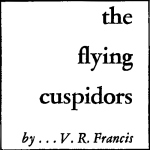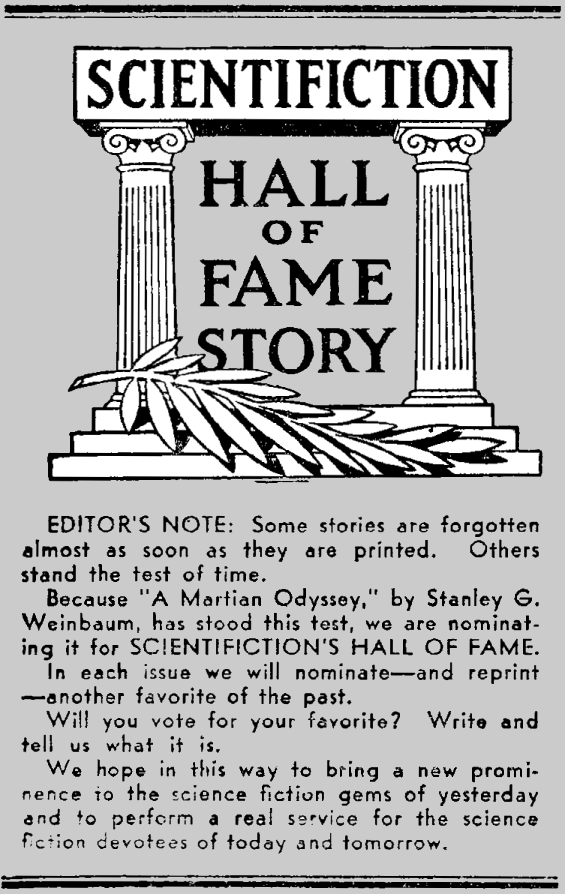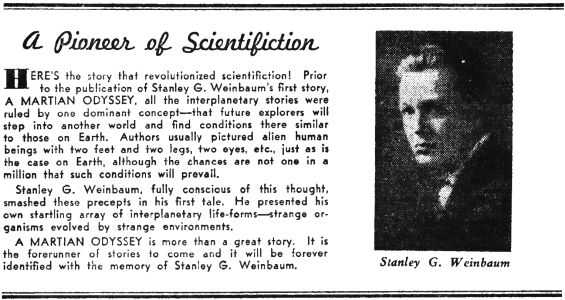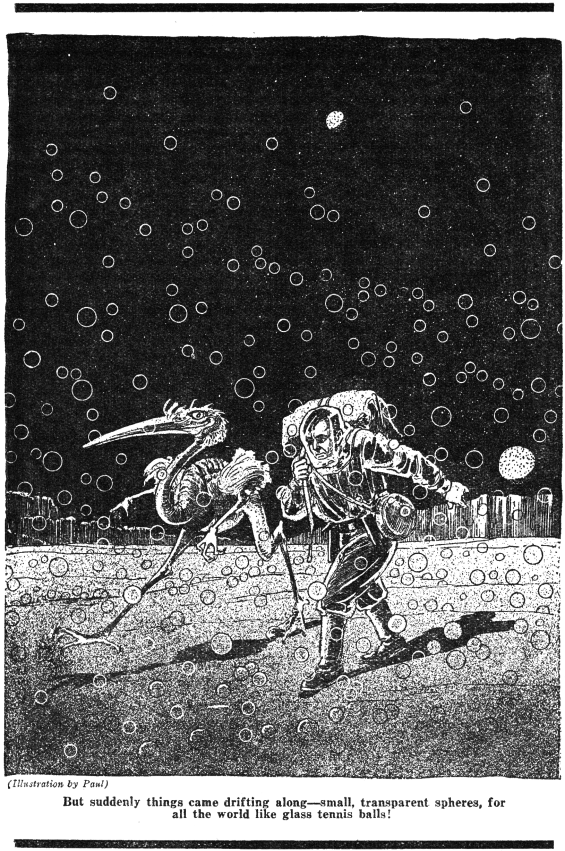
 The Invisible Hook: The Hidden Economics of Pirates
The Invisible Hook: The Hidden Economics of Pirates
By Peter T. Leeson; Read by Jeremy Gage
Audible Download – Approx. 7 Hours 41 Minutes [UNABRIDGED]
Publisher: Audible, Inc.
Published: September 4, 2009
Themes: / Economics / Piracy / History / Slavery / Democracy / Anarchy /
Pack your cutlass and blunderbuss–it’s time to go a-pirating! The Invisible Hook takes readers inside the wily world of late seventeenth- and early eighteenth-century pirates. With swashbuckling irreverence and devilish wit, Peter Leeson uncovers the hidden economics behind pirates’ notorious, entertaining, and sometimes downright shocking behavior. Why did pirates fly flags of Skull & Bones? Why did they create a “pirate code”? Were pirates really ferocious madmen? And what made them so successful? The Invisible Hook uses economics to examine these and other infamous aspects of piracy. Leeson argues that the pirate customs we know and love resulted from pirates responding rationally to prevailing economic conditions in the pursuit of profits.
I love non-fiction, and I love books that look at history, books that look at history through one lens or another are even better! And so there is much to love in The Invisible Hook. The title is a play on Adam Smith’s elegant metaphor for how markets work, the invisible hand. Most of the examples cited deal with the Atlantic and Caribbean pirates, rather than earlier Roman era or modern day pirates. But we get a sense of how it likely worked in other regions and times. Chapters on the paradoxical attitudes towards pirate slavery, the wildly contradictory stories about piratical impressment, and the chapter on the Jolly Roger, the pirate flag, are absolutely fascinating. And, as something of a piratical hobbyist myself, I’m pleased to report they deliver clear insights only hinted at in other non-fiction books about piracy. You know you’ve got a good book in hand when you find yourself relating the premises, arguments, and conclusions of whole chapters to friends.
How good is the analysis really? That’s kind of hard to tell. Democracy and equality as a function of economics? Wonderful! Seems logical, seems plausible. And that’s the sort of thing you don’t hear often enough. Indeed, economist Steven Levitt, of Freakonomics fame, gets a shout out early on in The Invisible Hook. This is a book in that vein, a kind of entertaining pop-economics, well written, and very thoughtful. But it also boasts the same kind of inarguable psychohistory-style post-analysis of such books. It reminds me of books like William Rosen’s The Most Powerful Idea in the World, and Jared Diamond’s Collapse. Well written history looked at through the lens of a soft science makes the seemingly inexplicable events of history seem almost inevitable. That is to say, this book should be just one of many such on such topics. In the end though how can you not wanto to read a book that makes piracy, as depicted in The Princess Bride, actually very plausible?
But this is not as merry a ship as it might be. As with many book published these days, there’s some bit of puffery. Concepts well illustrated in a paragraph or two are revisited, whole passages nearly reworded, and I’m betting that this for reasons of market driven economics. It might be that each chapter can be looked at on it’s own, textbook style, but listened to as I did, back to back the chapters have a tendency to revisit the same ports too often. This is one of my major complaints about books these days. Too many books are being published with too many words that don’t say different things. At under eight hours even this relatively slim volume, by today’s market standards, but it’s still puffier than any pirate’s shirt really ought be. It is like a pirate cutter on the stalk, slowed down by a sea-anchor of unneeded repetition. Saying the same thing over and over and over. Get my point? Okay, its the market, and to be fair Adam Smith’s own The Wealth Of Nations is a bloody long book, 36 hours! I’d be willing to bet my strong right arm that the original article, as published by Levitt (mentioned in the book), would be an even better audiobook than this very fine one, and no doubt it’d measure at least a peg leg shorter.
Narrator Jeremy Gage is from the old school of audiobook narration, the kind I like. He doesn’t so much as perform a book as read it. His conspiratorial tone typically him a great choice for first-person POV novels, like Lawrence Block’s Burglars Can’t Be Choosers. This is the first non-fiction book I’ve heard him narrate. So now I can say he’s great for non-fiction too.
Posted by Jesse Willis

 The Flying Cuspidors
The Flying Cuspidors




 A Martian Odyssey
A Martian Odyssey


